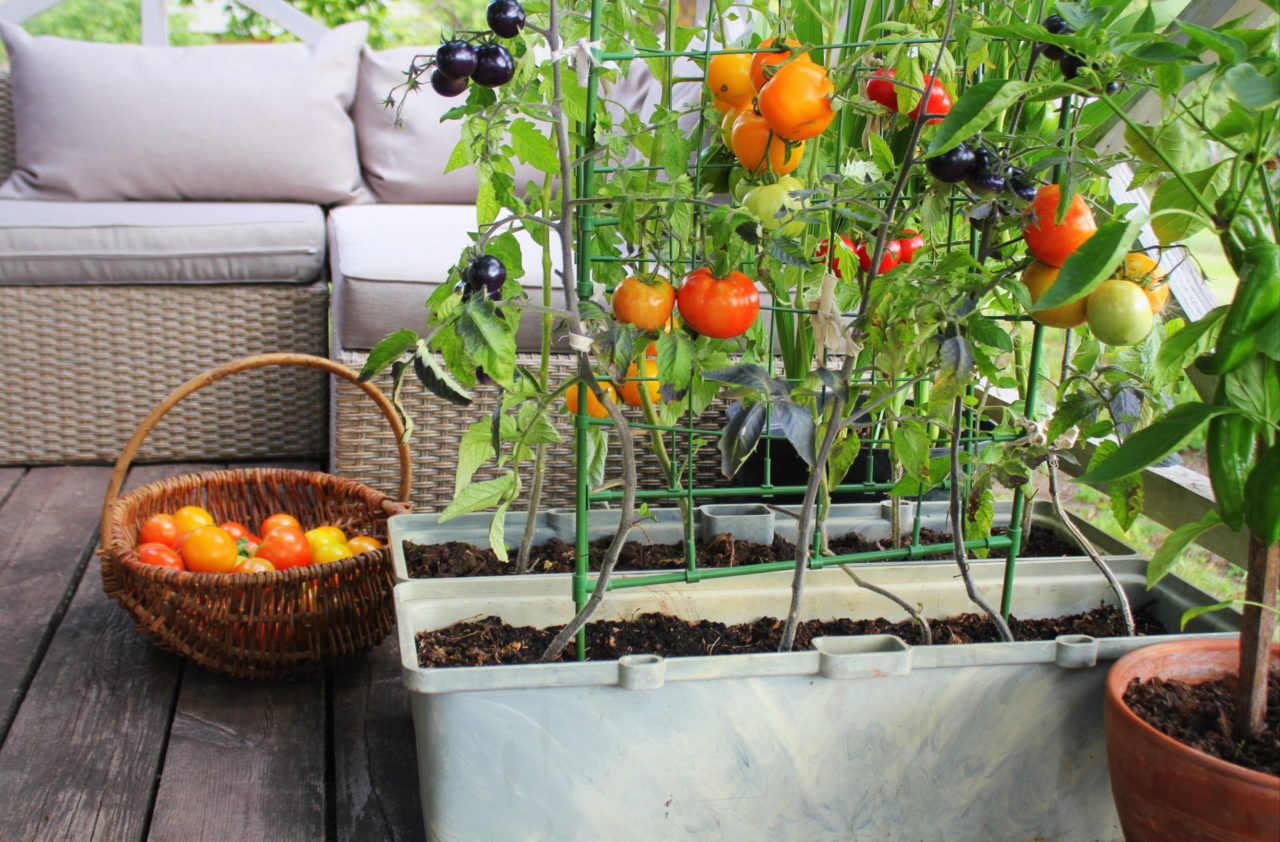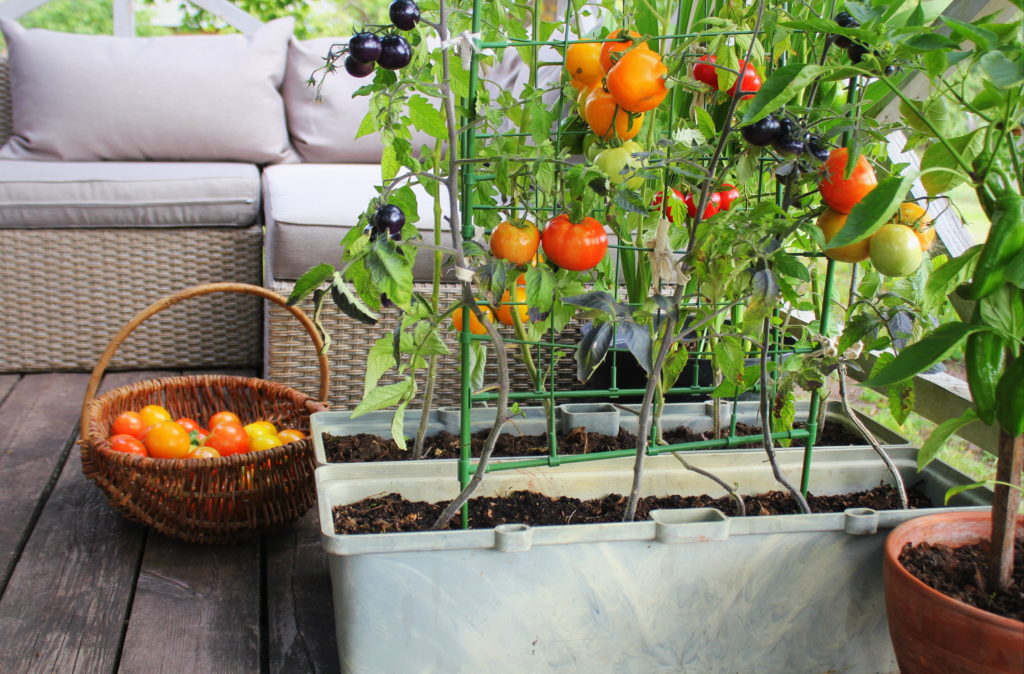
7 Ways to Make the Most of Your Tiny Garden Space

Gardening is something that many people take huge pride in. It’s a space that you can nurture, sculpt and grow so it’s no wonder that it’s such a popular hobby. However, not everyone has a ton of space to build the garden of their dreams. But that certainly doesn’t mean you should have to miss out. Here are our tips on how to make the most of a tiny garden.
1. Use Mounds to Create Space
If you have a fairly flat landscape, you can actually create more space by adding elevation to the garden. For example, a mound can grow more than just a flat piece of land so this is a great way to increase your garden space naturally. They can also create more areas of interest in a small landscape. Adding a few mounds in the garden will almost double your space and can easily be done by purchasing additional garden soil and building yourself. You can make huge savings when you buy mounding soil from Home Depot.
2. Look for Compact Plants
When shopping for plants or seeds, look for compact versions. Many varieties of your favorite plants have dwarf versions which give you the same benefits but take up much less room. Not every single plant has a dwarf version but shop around early to find the ones that do and read the descriptions carefully.
3. Use Containers
A great tips on how to avoid plants competing with each other in a small garden is through the use of containers. Rather than allowing your plants to really spread their roots and try to take over, you can isolate each plant to its own contained space. This allows you to grow a wider array of plants and keep them in a relatively confined area without the risks of competition. If you want to save money on containers, then check out options like Walmart.
4. Use Succession Planting
If you're growing vegetables, then you can probably practice planting more than one vegetable in your garden space. For example, you plant one thing, harvest it, and then plant another vegetable in its place. This works well if you live in an area with a long growing season. Radishes and peas are early spring crops but you can replace them after a short period of time.
5. Practice Companion Planting
Some plants can actually grow well together instead of competing for resources. For example, radishes and carrots grow well together. You could also plant lettuce under tomato plants since they have a symbiotic relationship. Plan your garden out for companion planting and you'll get the most out of your space.
6. Fertilize Often
When you have only a small space for plants to grow, you'll need to pay extra attention to the soil's nutritional needs. Plants are going to delete the nutrients faster in a small space. Rotate your crops each year and make sure that you fertilize on a regular basis to provide essential nutrients.
7. Grow Vertical Plants
Not all plants grow horizontally but prefer to grow as a vine. Grapes, tomatoes, cucumbers, and even squash can all grow on a trellis. You can find a trellis at most any nursery or hardware store and easily add this to your garden to avoid using up valuable ground space. You can practice this when planting flowering plants as well.
Summary
A small garden should not stop you from creating your own personal oasis. Even if you’re limited on space, there are plenty of great tricks you can use to maximize your garden's potential. When cultivating a garden, it's easy to spend an extra $5 here or extra $25 there. Make a budget and stick to it so that your spending does not spiral out of control. Happy planting!
Most offer earnings will be credited to the member’s InboxDollars® account within a few business days of offer completion. Some offers may credit immediately, while others may take up to 30 days to credit. Members should read and comply with all requirements of an offer to ensure timely credit.
InboxDollars® credits members for completing offers based on information we receive from our Advertisers. Thusly, the Advertiser has the final say in whether or not a member is credited for completing an offer. For more information, please read full terms of CASH OFFER CREDITING.

